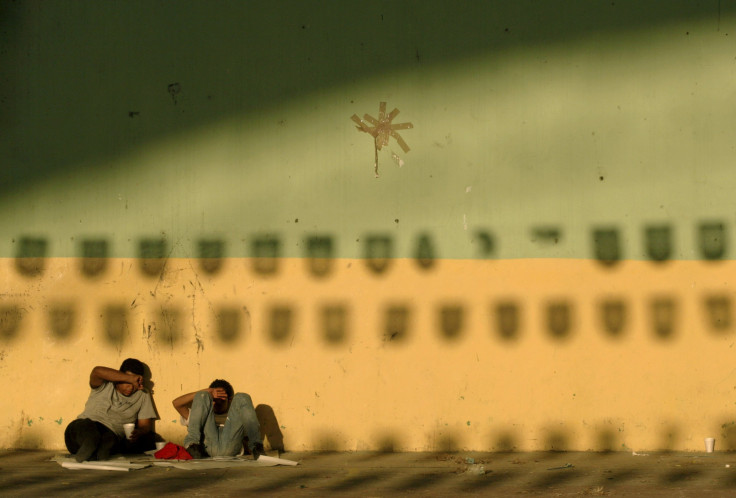
Unaccompanied children from the Central American countries of Guatemala, El Salvador and Honduras are streaming northward into the United States, hoping in some cases to join family members already living there and fleeing, in most cases, the crime, violence and lack of economic opportunity they face back home. About 47,000 have been apprehended by US border authorities so far this fiscal year, with over 60,000 expected to arrive when the year’s out. But the kids who trek through Mexico toward the US often brave extraordinary dangers along the way, both from criminal gangs who’ve muscled into increasing control over the routes traveled as well as from Mexican authorities themselves.
El Universal reported that this past weekend in the Gulf coast state of Veracruz, one migrant aboard a northward-bound cargo train was killed and two others injured in an attack by six armed men, who shot at them and threw them from atop the train when they could not pay a quota of $100. The victim, who has not yet been identified by authorities, is the second person to be murdered on the journey north this year. Extortions and kidnappings are even more common.
In his 2013 book on Central American migration through Mexico “La Bestia” (in Spanish, Los migrantes que no importan), El Salvadoran journalist Óscar Martínez pointed to huge disparities between statistics provided by the Mexican government and independent observations, such as one performed in 2009 by the Mexican national commission for human rights. That observation logged 10,000 cases of kidnappings of migrants in the first six months of that year; in 2008, the government registered just 650 kidnappings. “It would not be an exaggeration to say that in any stop along the migrant trail, in just a single month, there are as many kidnappings as the official figure for the year,” wrote Martínez.
The reason for that disparity is simple: migrants who aren’t in the country legally are reluctant to appear before authorities to report the crime, especially when authorities are in the pockets of drug cartels (or local bandits employed by cartels). And it isn’t just the gangs who pose a risk to migrants. In January, a migrant shelter in Coahuila state released a survey indicating that 47 percent of extortions suffered by migrants in Mexico came at the hands of federal police, and another 29 percent by local and state authorities.
© 2025 Latin Times. All rights reserved. Do not reproduce without permission.





